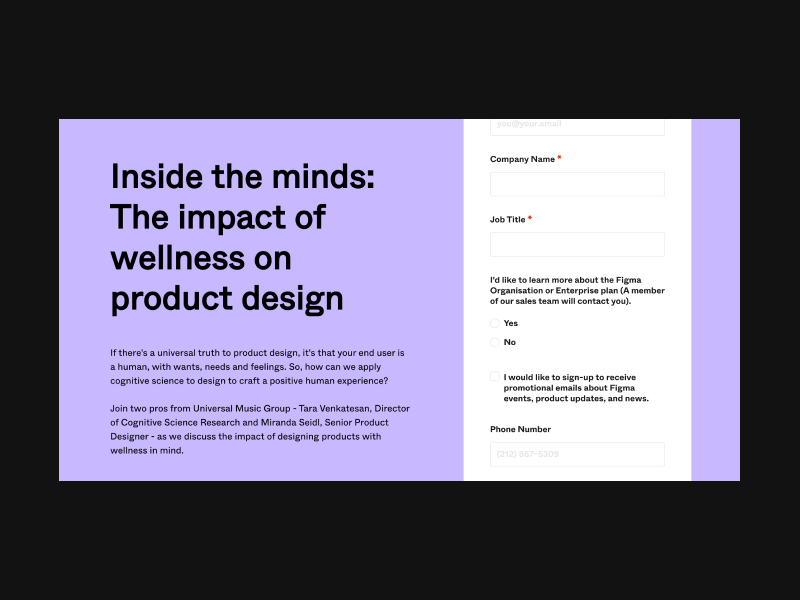Photo by Sigmund
The dilemma: Engagement vs. Calm

This webinar explores how wellness and product design intersect. Tara Venkatesan and Miranda Seidl discuss how applying cognitive science principles can enhance user experience, whether designing products with wellness in mind or creating tools for promoting wellness. One of the subjects they explore is gamification, showcasing several examples of how it can be effectively used to engage users while supporting their well-being.
Lately, I’ve been thinking about a dilemma I’ve encountered while designing experiences that promote focus and well-being: the use of gamification.
As a designer who cares deeply about managing attention thoughtfully, I often wonder how techniques that are meant to engage—like points, rewards, and challenges—can align with the goal of creating calming, distraction-free environments.
Gamification has proven to be an effective tool for increasing user engagement, but when our design objectives are about managing attention in a mindful and responsible way, can these two seemingly opposing forces coexist?
This question has been on my mind as I explore the balance between user engagement and mindful presence.
So, how can we reconcile the two? Can gamification be used in a way that enhances rather than detracts from a calming experience?

Photo by William Daigneault
Gamification relies on mechanisms like points, rewards, challenges, and other intrinsic and extrinsic motivators—such as social comparison or progress tracking—to make tasks more engaging. These elements can generate excitement and boost participation, but they also introduce a risk of distraction or overstimulation. This creates a potential tension with the principles of calm design, which promote more mindful, focused experiences that respect the user’s mental state.
The challenge, then, is finding a balance: can we use gamification in a way that supports focus and well-being rather than disrupting it?
I believe we can, if we approach it thoughtfully. Here’s how gamification and calm design might coexist:
- Minimalist Engagement: Instead of bombarding users with complex rewards or constant feedback, gamified elements can be simplified. A subtle progress tracker, for example, might encourage focus without creating pressure. The goal is to foster a sense of accomplishment without urgency or competition.
- Intrinsic Motivation Over Extrinsic Rewards: Rather than relying on external incentives like points or badges, gamification can tap into intrinsic motivation, such as a sense of mastery, curiosity, or personal growth. This aligns with calm design by encouraging users to engage with intention rather than chasing artificial rewards.
- Non-Intrusive Feedback Loops: Instead of flashy animations or pop-up notifications, feedback in a calming experience can be subtle. A soft sound, gentle haptic feedback, or a simple visual cue can provide acknowledgment without breaking focus.
- Designing for Flow States: Games are powerful because they can induce flow—a state of deep immersion where distractions fade away. This same principle can apply to calm design, ensuring that interactions guide users into a focused, engaged state without overstimulation.
Aligning Gamification with Mindful Interaction
Gamification doesn’t have to disrupt calm design. When applied with care, it can provide gentle nudges that help users stay engaged without pulling them away from their focus. The key is designing with intention, using rewards and feedback in a way that fosters presence and well-being rather than distraction.
It’s not about eliminating gamification but about using it as a tool for mindful interaction. By aligning the goals of engagement with the principles of calm design, we can create experiences that are both compelling and soothing.

The Is This Design Deceptive? template helps identify and asses deceptive design patterns that may manipulate user attention and behavior. It provides a structured framework to help designers and stakeholders recognize and address tactics that excessively prioritize business goals at the expense of user well-being.

Photo by Element5 Digital



